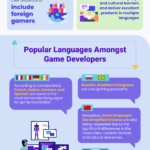Whether you exchange messages with friends who speak different languages, shop online on international websites, or just need to translate the content for research purposes, the chances are, that in one way or another, you used machine translations at some point. In many cases, these tools are doing their jobs automatically, enabling you to communicate across borders by using foreign languages with confidence.
As we live in an interconnected world, the need for translation has increased exponentially. In the last 10 years, the global language services market has seen rapid growth, virtually doubling in size. In 2019, it was evaluated at $49.6 billion and it’s forecasting to reach $56.18 billion by the end of 2021.
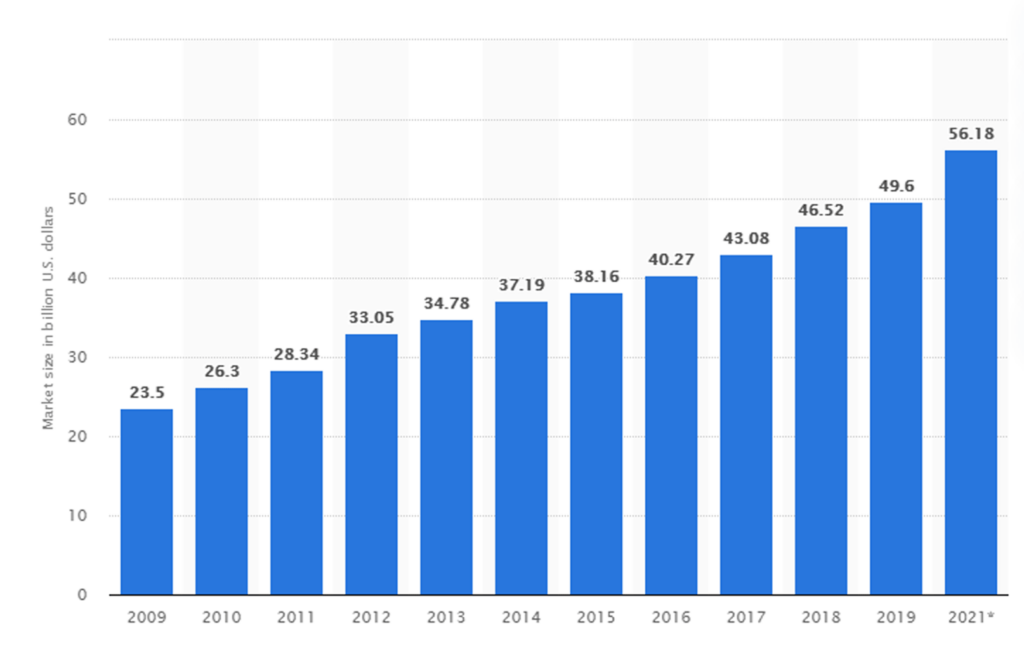
However, when comparing the number of words translated daily, you would see it grew that from an average rate of just 2.000 words almost fifty years ago to 10.000 words today. This increase is a result of using an extensive range of machine translation software and special tools that are available nowadays. Algorithms and artificial intelligence help to continuously improve machine translation and process quickly large volumes of text. But the main question is
Can Artificial Intelligence replace completely human translation?
Well, the answer is neither simple nor easy. When the text is simple and clear, machine translation services can replace human linguists and provide good translations immediately. But for the complex texts, translation of sensitive data, business communication, and other professional translations, artificial intelligence translation tools are not a good enough alternative to specialized human translators.
But as many people rely on translation tools, let’s take a closer look at several machine translation services, their benefits, and limitations. This way, you can decide which translation software fits better to your needs, when you should consider professional translation made by a specialized human translator and when you can rely just on the AI.
Pros and Cons of using Machine Translation Software
In a nutshell, AI translation helps people more than ever to access localization tools and translate large amounts of text with relative ease. We say relative because machine translation isn’t perfect. One way or another, you may have experienced various errors of machine translation tools for yourself. And the results are sometimes simply hilarious, especially for less widely spoken languages, as there are not so much data to help improve their output.
But it’s usually much cheaper to use software than to hire a translator, and for sure costs are the main benefit of using machine translation. And in the latter case, things become more complicated and expensive when you need to translate and localize a game into multiple languages.
Not only the manual translation is time-consuming, but it can also be technically difficult to implement. But neural machine translation seems to solve this problem. With just a few clicks you can translate large amounts of texts and complex documents. However, once that job is finished, you should hire a professional translator to review and correct the translation.
Although machine translation has developed a lot lately, it is far from being perfect. Even with popular language pairs, you’ll find plenty of errors. Even if the small errors seem not to be a huge problem, they still can seriously affect the credibility of your game, website, or other documents.
If you’re going to use artificial intelligence for translations, you need to approach this project carefully. That means using those machine translation tools that fit your needs and making sure the output is accurate.
Which are the top five machine translation services to use?
Even if we’ll talk about the five top AI translation apps to use, keep in mind that your experience with these tools may vary according to the complexity of the content you want to translate and to the language pairs you use.
DeepL Translator
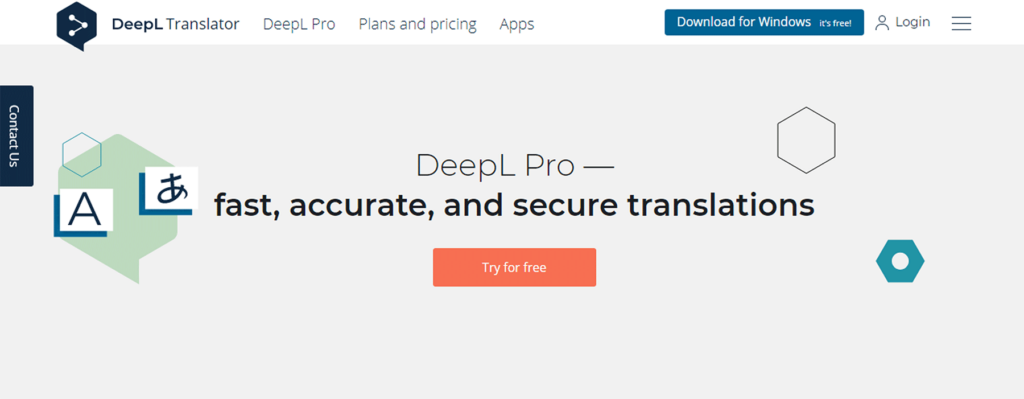
DeepL Translator is a very popular translation tool powered by neural network technology. Considered to be much more accurate and sophisticated than its competitors, the DeepL app has been very well received by the users, having many positive reviews.
Supporting 24 languages and 552 language pairs, DeepL Translation offers in many cases better and more natural translations than Google Translate.
In terms of pricing, the tool works using a subscription model, which is perfect for people who translate lots of content. DeepL API Pro plan cost starts from a minimum of $5.99 per month/user (when paid annually) and it enables you to localize an unlimited number of characters. However, you get a 30-day free trial and a free version of the app. But in this latter case, you are restricted to a maximum of 500,000 characters/month.
Even of the results of DeepL are more refined and sophisticated than the output of other translation apps, they still require the human “touches” in terms of reviewing and editing.
However, this neuronal machine translation (NMT) tool comes with a few disadvantages, such as some privacy issues, a limited number of languages for translation, and a lack of considering context when translating.
Google Cloud Machine Translation
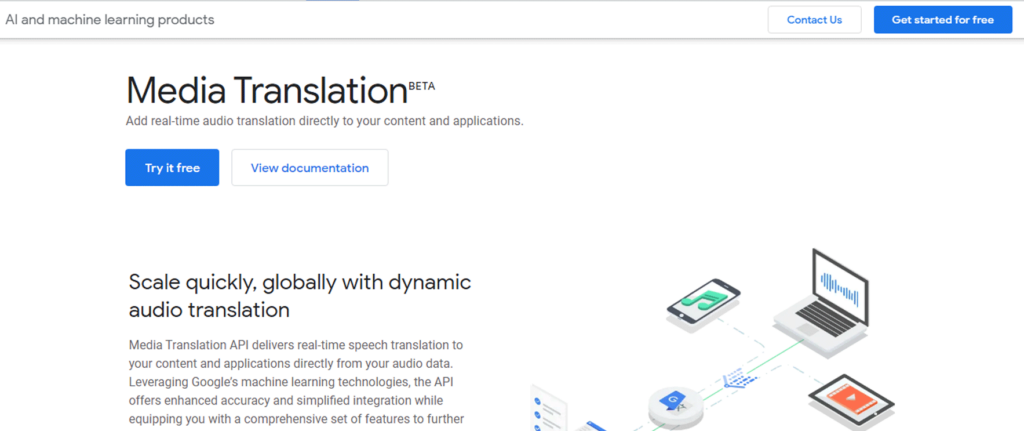
When thinking about “automatic translation”, Google Translate is the first translation app that comes into your mind, right? And this is normal, as anyone can use it, being the free version of Google’s machine translation service.
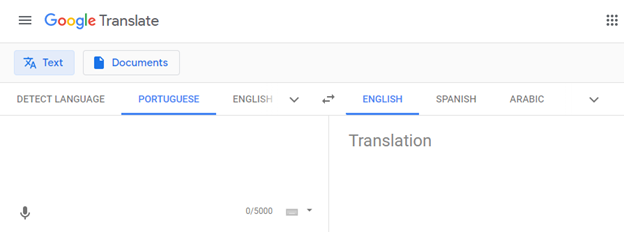
Even if Google Translate is very user-friendly, it’s not the tool you can absolutely rely on when need professional translations. First, because if you want to translate entire websites or files with large amounts of text, you should know that you are limited to 5000 characters/bulk text This means you must copy your text into Google Translate, then into the file with the translated copy and so on.
That’s why you’ll want to use Google Cloud Translation, which involves a few easy steps:
- Create custom translation models using Google neural machine translation technology
- Use the service’s translation API to power third-party tools.
- Take advantage of the platform’s Media Translation API.
More importantly, this service supports over 100 languages and includes automatic detection. Google Cloud Translate can also import documents and manage voice and image translations.
In terms of prices, there are a few mentions. The platform’s “basic” translation API lets you translate up to 500,000 characters for $10. New accounts get $10 in credit, which is often enough to translate an entire website.
Since we’re talking about machine learning, the app improves continuously, as more people use it. As it’s by far one of the most popular machine translation tools on the market, you’re in capable hands.
Microsoft Translator
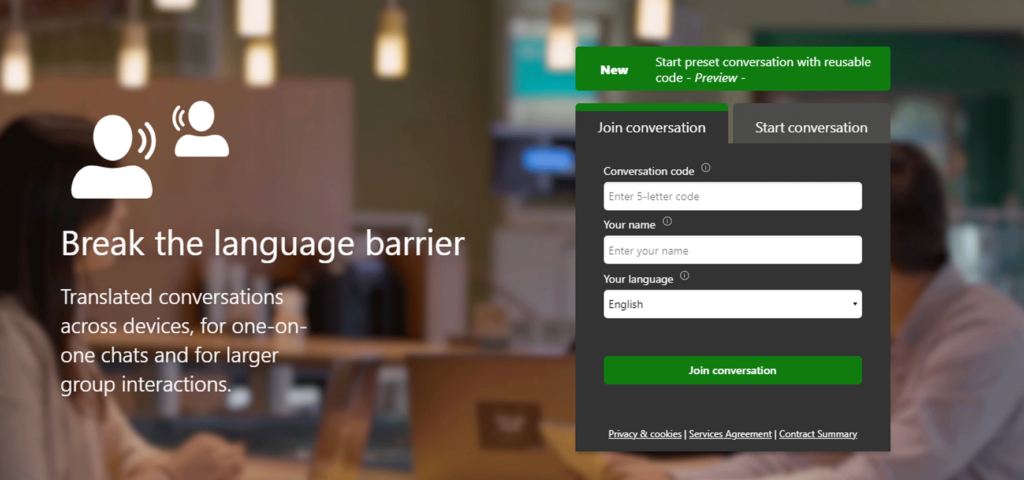
Maybe Microsoft Translator doesn’t offer support for as many languages as the DeepL translator app and Google Translate, but it’s worth mentioning especially because of its integration in Microsoft Word and pricing. The Translator service is part of Azure’s suite of cognitive services for the cloud, which you can test for free for up to 12 months. You can also localize up to two million characters for free.
If you’re looking to translate your content into a popular language, then Microsoft Translator shouldn’t let you down. Depending on how many languages you want to translate into, you might want to take advantage of Microsoft Translator’s pay-as-you-go model. It’s by far the cheapest machine translation service on the market and it costs just $1 / million characters for standard translations.
Amazon Translate

Amazon Translate is part of the Amazon Web Services (AWS), the most comprehensive cloud platform suite of tools that offers over 200 fully-featured services. Amazon Translate offers you a similar set of features that other cloud translation services have. These features include real-time translations, automatic language identification, and access to an API.
On the downside though, we can mention that you can translate content between 55 languages, with Amazon Translate accepting fewer language pairs than any of the other options mentioned so far. However, the app does include all the world’s most popular languages, which means you should be covered.
In terms of pricing, Amazon Translate gives you a 12-month free trial that allows you to translate up to two million characters. For additional characters, you must pay $15/million.
Systran Pure Neural MT
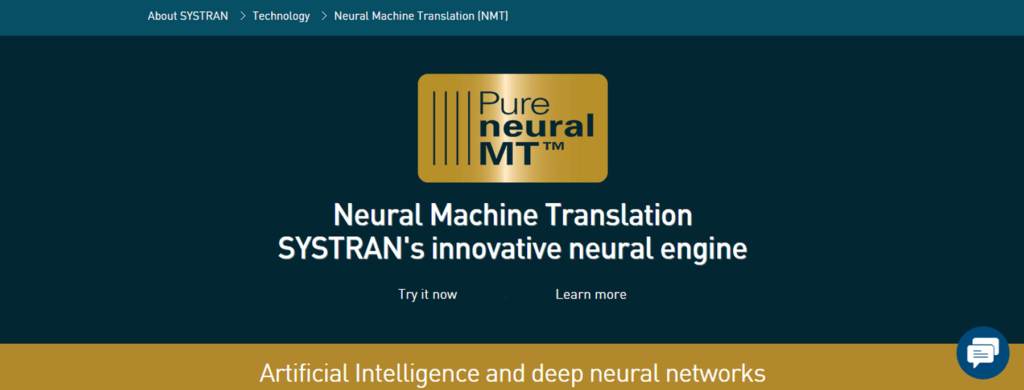
Based on complex algorithms at the forefront of Deep Learning, Systran is a Pure Neural™ Machine Translation engine that claims to produce a translation “overachieving the current state of the art and better than a non-native speaker.”
SYSTRAN’s translation software is designed for personal, business, and enterprise use, including 55 languages and 140 language pairs in its professional products.
Systran offers limited free text translation, but the paid options (Systran Translate Pro and Systran Pure Neural Server) offer more: text translation, document, translation, webpage translation, and audio file translation as well as add-ons for translating websites as you browse and for translating within various Microsoft Office products.
Wrapping up
Using AI translation apps is a good idea that can be primarily useful in a private context. However, when you want to translate and localize complex content, their solely use in a business environment may not be recommended.
In addition to using machine translation tools, a specialized human translator to review and edit the final output will provide you with error-free and stylistically appropriate translations.





